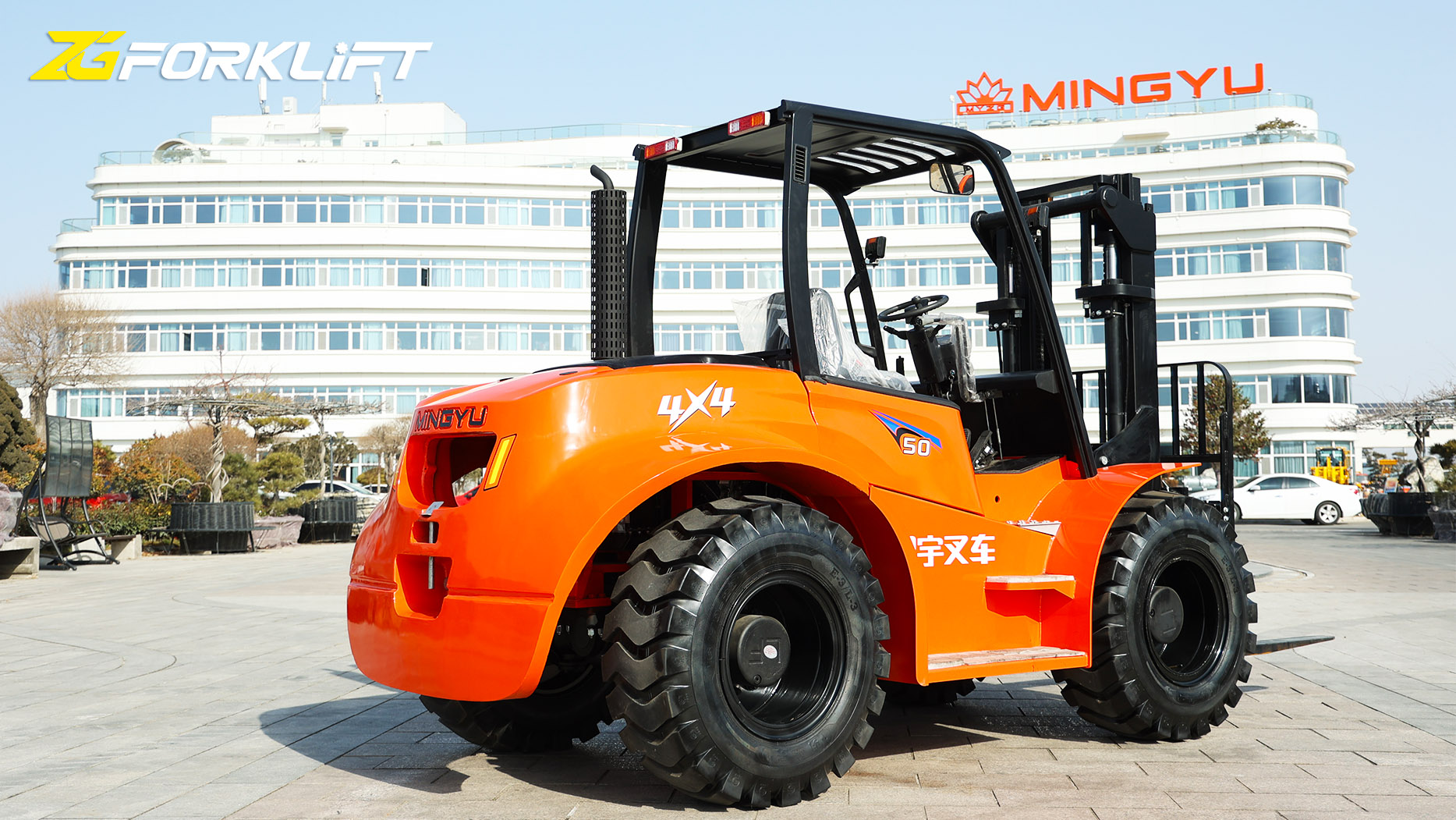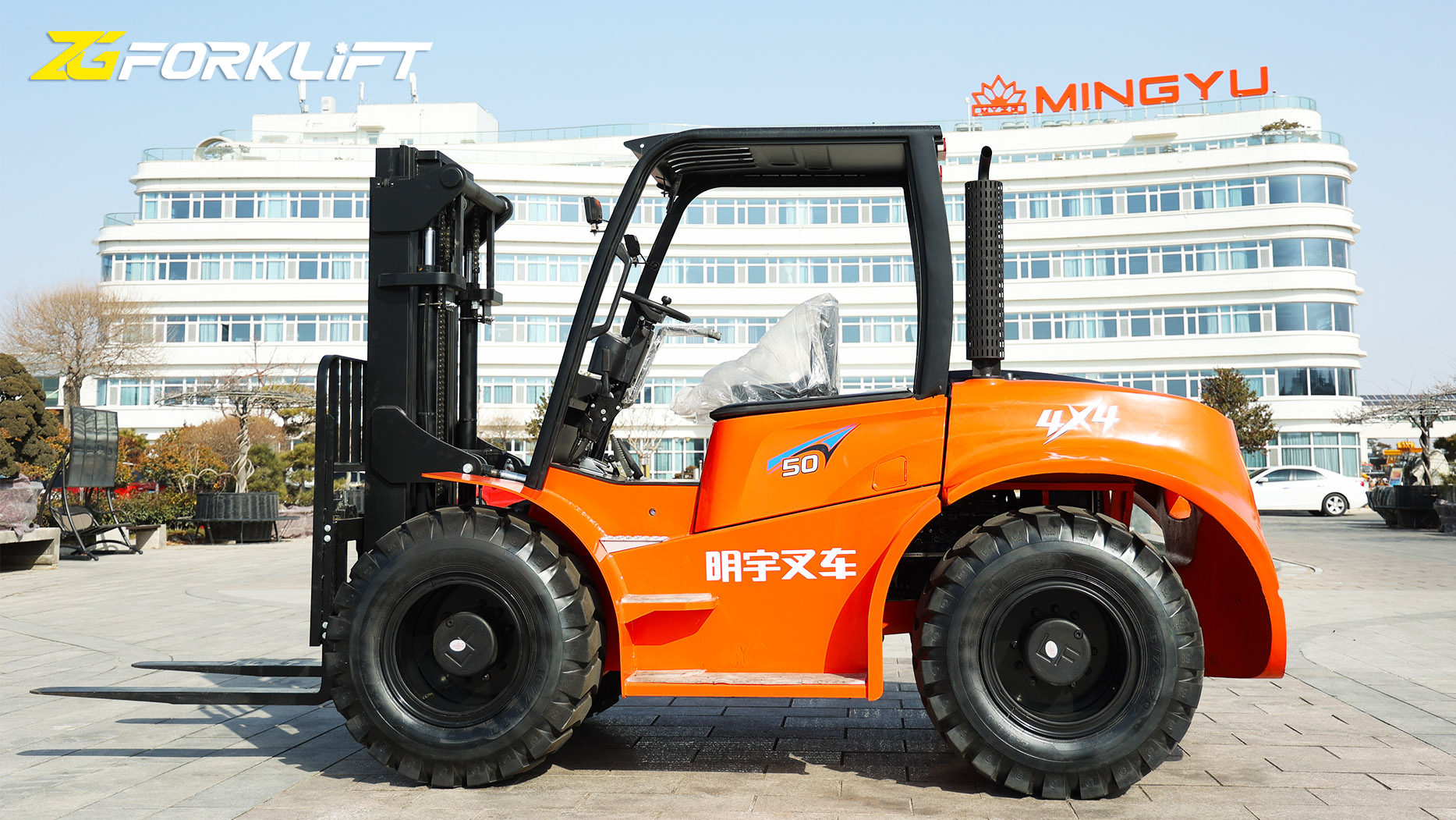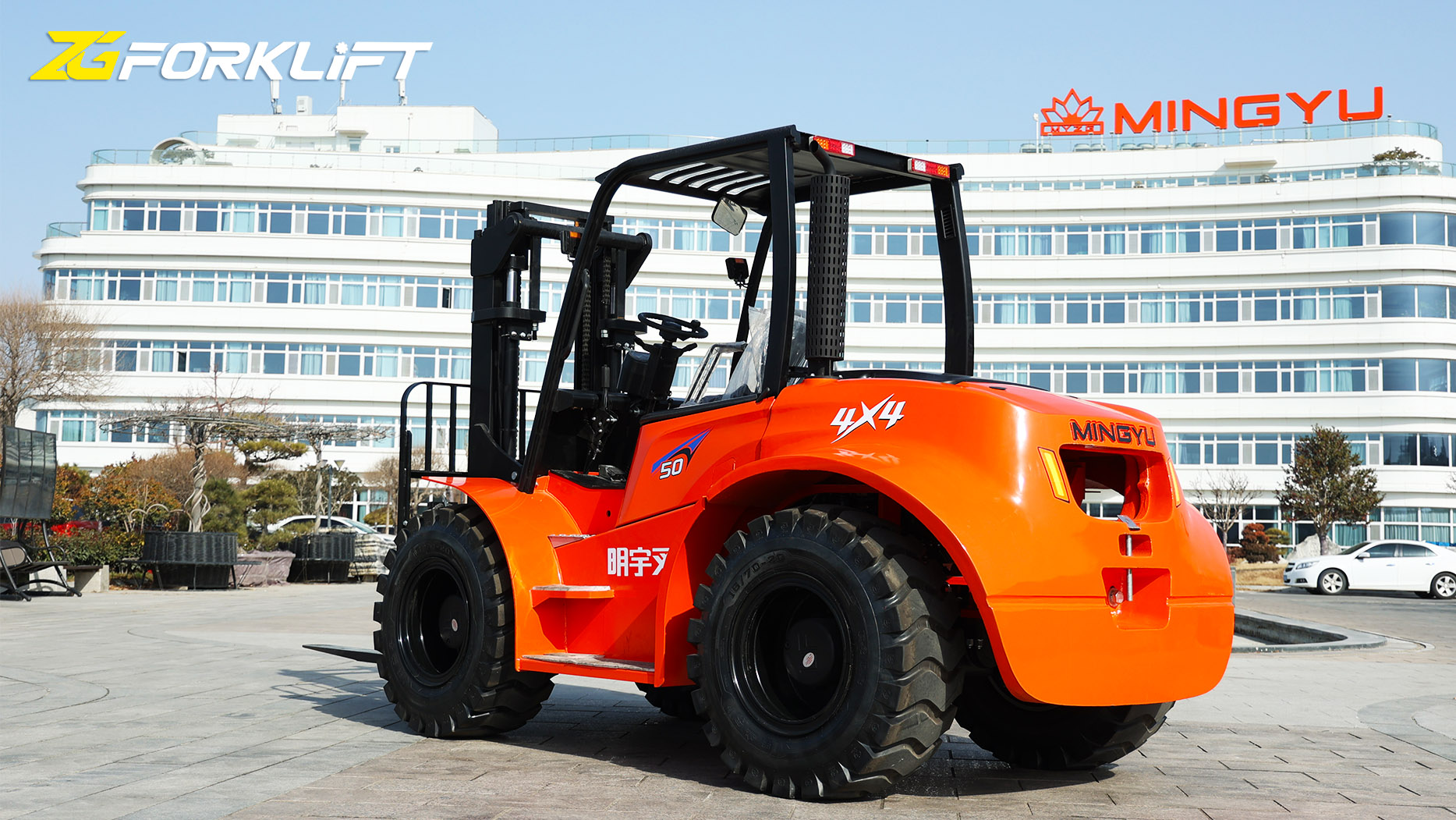Mastering the Gravel Gauntlet: A Comprehensive Guide to Forklift Operation on Unpaved Surfaces
Forklifts are indispensable in countless industries, from warehousing and manufacturing to construction and agriculture. While often visualized operating on smooth concrete floors, the reality is that forklifts frequently encounter challenging terrains, including gravel. Driving a forklift on gravel presents a unique set of obstacles, demanding specialized techniques and a thorough understanding of the machine's capabilities and limitations. This article provides a comprehensive guide to navigating gravel surfaces safely and efficiently, covering everything from pre-operation checks to advanced driving maneuvers.
I. Pre-Operation Inspection: Setting the Stage for Success
Before venturing onto any gravel surface, a thorough pre-operation inspection is crucial. This isn't just a formality; it's a vital step in ensuring both operator safety and equipment longevity. Pay particular attention to the following:
Tires: Gravel can be harsh on tires. Check for cuts, punctures, embedded debris, and proper inflation. Consider using specialized tires designed for rough terrain if gravel operation is a frequent occurrence. These tires often have a more aggressive tread pattern and a stronger sidewall construction.
Undercarriage: Inspect the undercarriage for any signs of damage or loose components. Gravel can easily become lodged in critical areas, potentially damaging hoses, lines, or other vital parts.
Hydraulic System: Check for leaks in the hydraulic system. Gravel dust and debris can contaminate hydraulic fluid, leading to premature wear and failure.
Steering and Brakes: Ensure the steering system is responsive and that the brakes are functioning correctly. Gravel surfaces can reduce traction, making these systems even more critical.
Fluid Levels: Check all fluid levels, including engine oil, coolant, hydraulic fluid, and brake fluid. Operating on gravel can put extra strain on the engine and hydraulic system, so maintaining proper fluid levels is essential.
Load Capacity: Understand the forklift's load capacity and ensure that any load being transported is within the specified limits. Gravel surfaces can shift and settle, potentially affecting the stability of the forklift and the load.
Safety Restraints: Always ensure that the operator and any passengers are wearing appropriate safety restraints.
II. Understanding the Challenges of Gravel Terrain
Gravel surfaces present several challenges that require careful consideration:
Reduced Traction: Gravel provides significantly less traction than smooth concrete. This can lead to wheel slippage, making it difficult to accelerate, brake, and steer effectively.
Uneven Surface: Gravel surfaces are inherently uneven, with varying sizes and depths of aggregate. This can cause the forklift to bounce and sway, impacting load stability and operator comfort.
Shifting and Settling: Gravel can shift and settle under the weight of the forklift, creating unpredictable driving conditions. This is particularly true in areas where gravel has recently been laid or where it is frequently exposed to moisture.
Dust and Debris: Gravel operations generate significant amounts of dust and debris, which can impair visibility and clog air filters. Regular cleaning and maintenance are essential.
Increased Wear and Tear: Operating on gravel puts extra stress on the forklift's components, leading to increased wear and tear. Regular inspections and maintenance are crucial to prevent premature failures.
III. Mastering Driving Techniques for Gravel
Navigating gravel surfaces requires a specialized approach to driving. Here are some essential techniques:
Slow and Steady: Avoid sudden acceleration, braking, and steering maneuvers. Smooth, controlled movements are key to maintaining stability and preventing wheel slippage. Reduce speed compared to operating on paved surfaces.
Gentle Steering: Steer gently and avoid sharp turns. Gravel can cause the wheels to slide, making it difficult to maintain a straight line. Anticipate changes in the terrain and adjust steering accordingly.
Controlled Braking: Apply the brakes smoothly and gradually. Avoid locking the wheels, as this can cause the forklift to skid. If possible, use engine braking to slow down before applying the wheel brakes.
Load Positioning: Keep the load as low as possible to improve stability. Ensure the load is properly secured and centered on the forks. Avoid overloading the forklift, as this can exacerbate stability issues on gravel.
Weight Distribution: Understand how the weight of the load affects the forklift's stability. Heavier loads can make the forklift more prone to tipping, especially on uneven surfaces.
Awareness of Surroundings: Be constantly aware of your surroundings, including other vehicles, pedestrians, and obstacles. Gravel surfaces can make it more difficult to see and be seen, so extra vigilance is essential.
IV. Specific Considerations for Different Forklift Types
The type of forklift being used will influence the specific techniques required for gravel operation:
Pneumatic Tire Forklifts: These forklifts are generally better suited for gravel surfaces than solid tire forklifts. Pneumatic tires provide better cushioning and traction on uneven terrain.
Solid Tire Forklifts: Solid tire forklifts can be used on gravel, but they require extra caution. Their solid tires offer less cushioning and traction than pneumatic tires, making them more prone to slipping and bouncing.
Rough Terrain Forklifts: These specialized forklifts are designed specifically for challenging terrains, including gravel. They typically feature larger tires, higher ground clearance, and four-wheel drive, making them better equipped to handle rough conditions.
V. Maintenance and Best Practices
Regular maintenance is essential for forklifts operating on gravel. Pay particular attention to the following:
Tire Maintenance: Regularly inspect tires for damage and maintain proper inflation. Consider using tire sealants to prevent punctures.
Cleaning: Clean the forklift regularly to remove gravel dust and debris. Pay particular attention to the radiator, air filter, and hydraulic system.
Lubrication: Lubricate all moving parts frequently to prevent wear and tear.
Hydraulic Fluid Changes: Change the hydraulic fluid more frequently than recommended for normal operating conditions to prevent contamination from gravel dust and debris.
VI. Training and Certification
Proper training and certification are essential for all forklift operators, especially those operating on gravel surfaces. Training should cover:
Pre-operation inspection procedures
Safe operating techniques for gravel terrain
Load handling and stability considerations
Emergency procedures
Maintenance requirements
VII. Conclusion
Operating a forklift on gravel requires a combination of specialized skills, a thorough understanding of the challenges involved, and a commitment to safety. By following the guidelines outlined in this article, operators can minimize the risks associated with gravel operation and maximize the efficiency and longevity of their equipment. Remember, slow and steady wins the race, especially when navigating the gravel gauntlet. Proper training, regular maintenance, and a cautious approach are the keys to success.
Post time:Feb.18.2025



